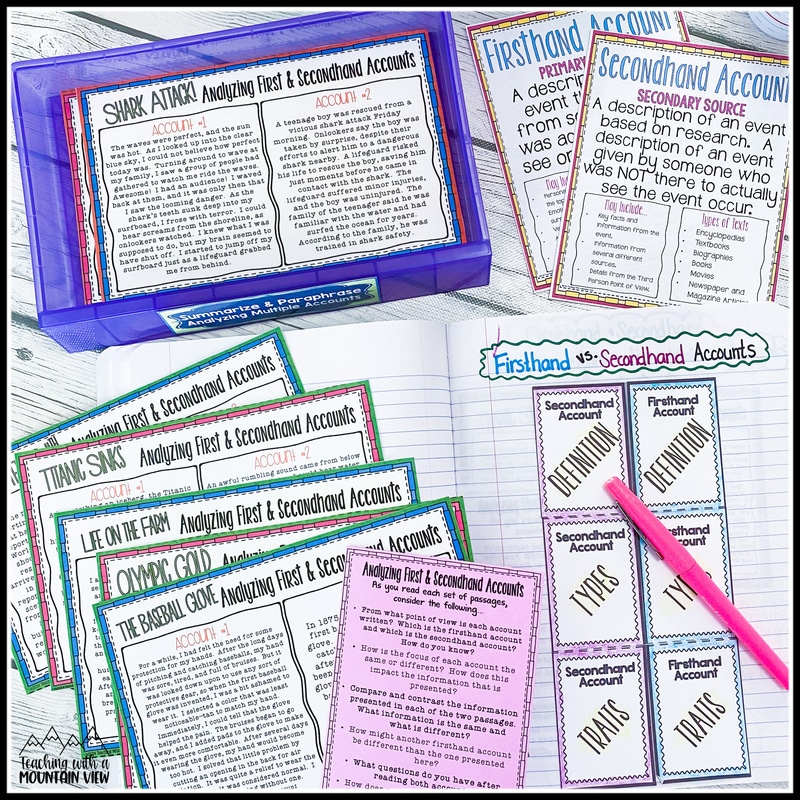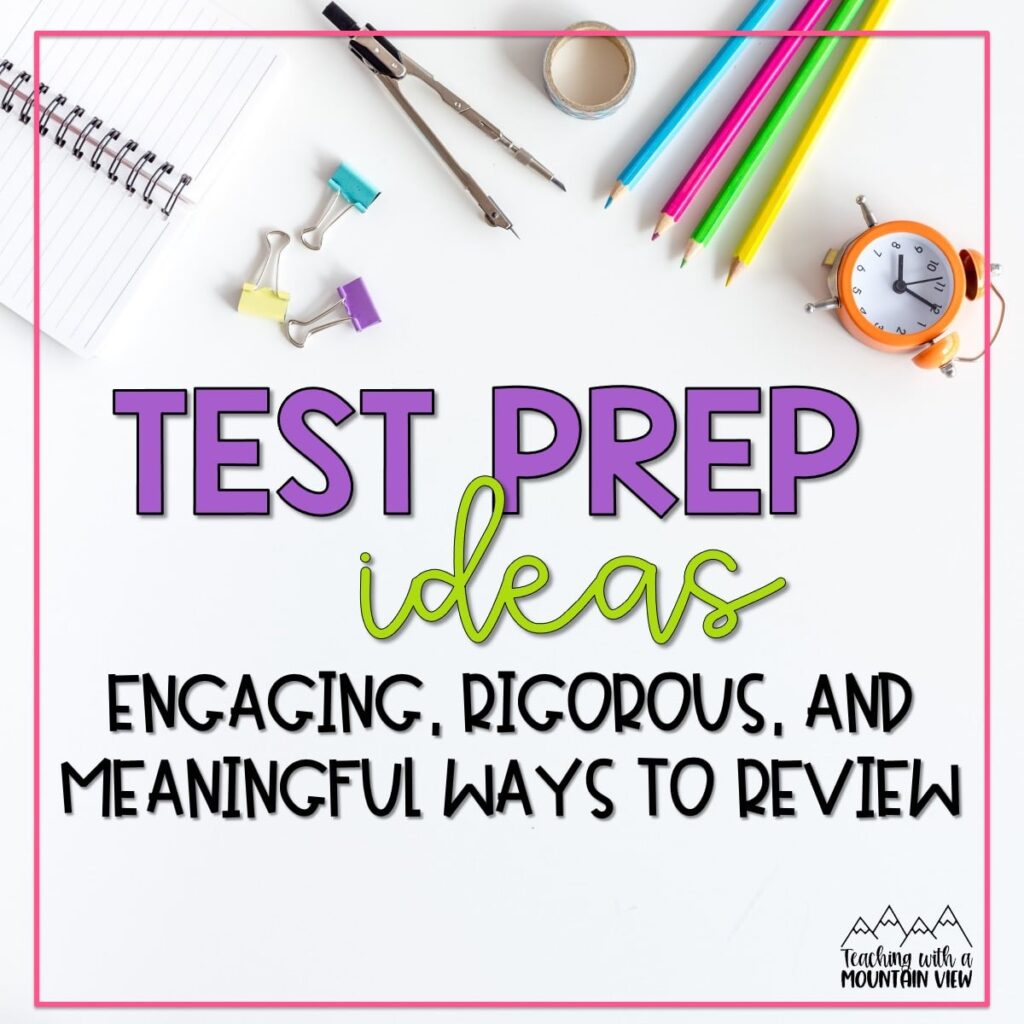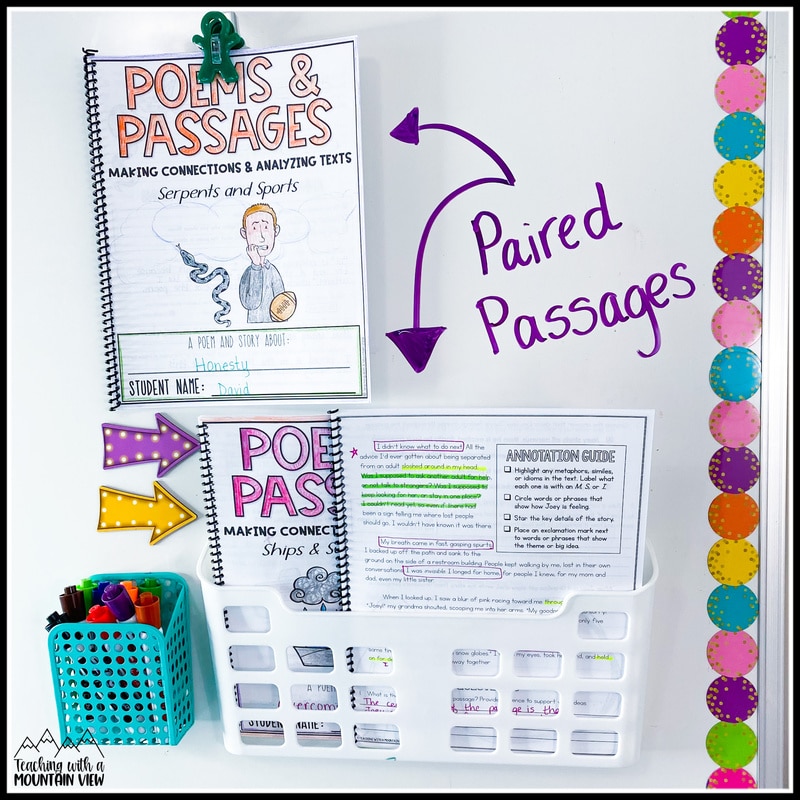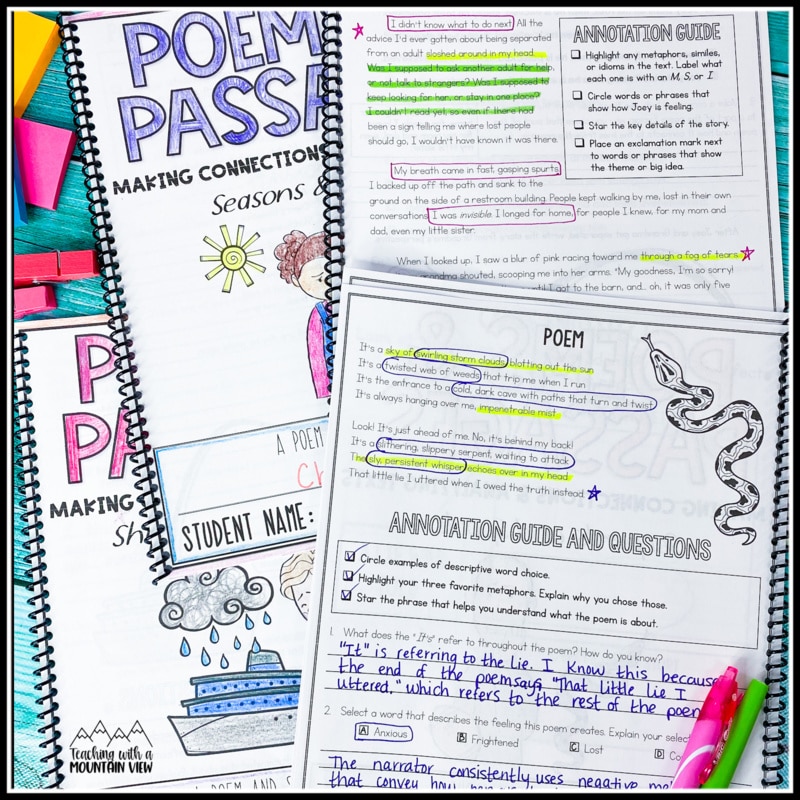Comparing and Contrasting Texts: Why it’s Important and How to Teach It
By Mary Montero
Share This Post:
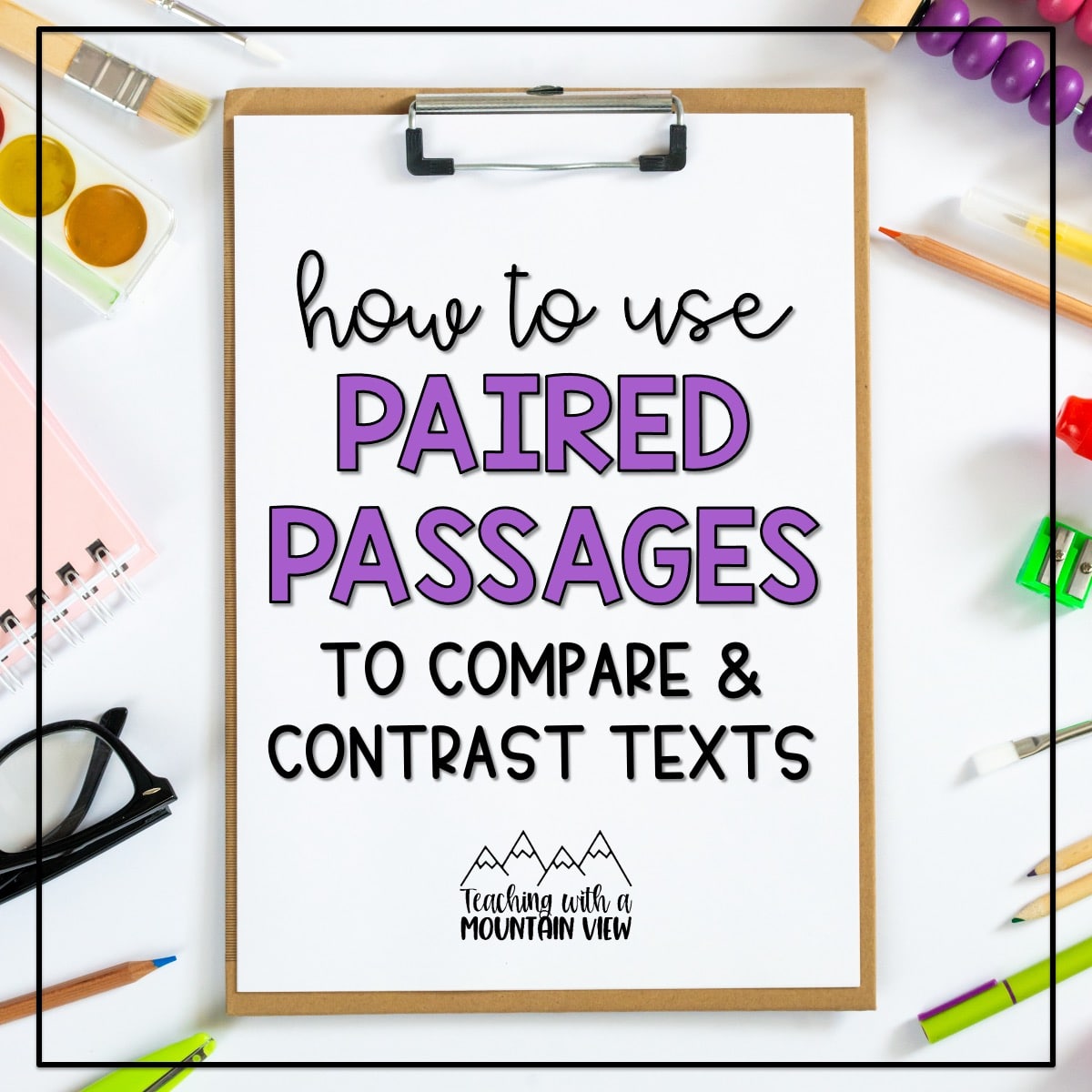
If you think of comparing and contrasting as looking for differences between an apple and an orange, it seems like a pretty easy skill! In fact, that’s exactly how I teach students about the essential skill of comparing and contrasting. But comparing and contrasting texts, characters, themes, and more complex literary elements takes more critical thinking than you might assume, and it is key to reading comprehension. This is why we need to directly teach comparing and contrasting to our upper elementary students and why I have added so many paired passages and texts to my instructions.
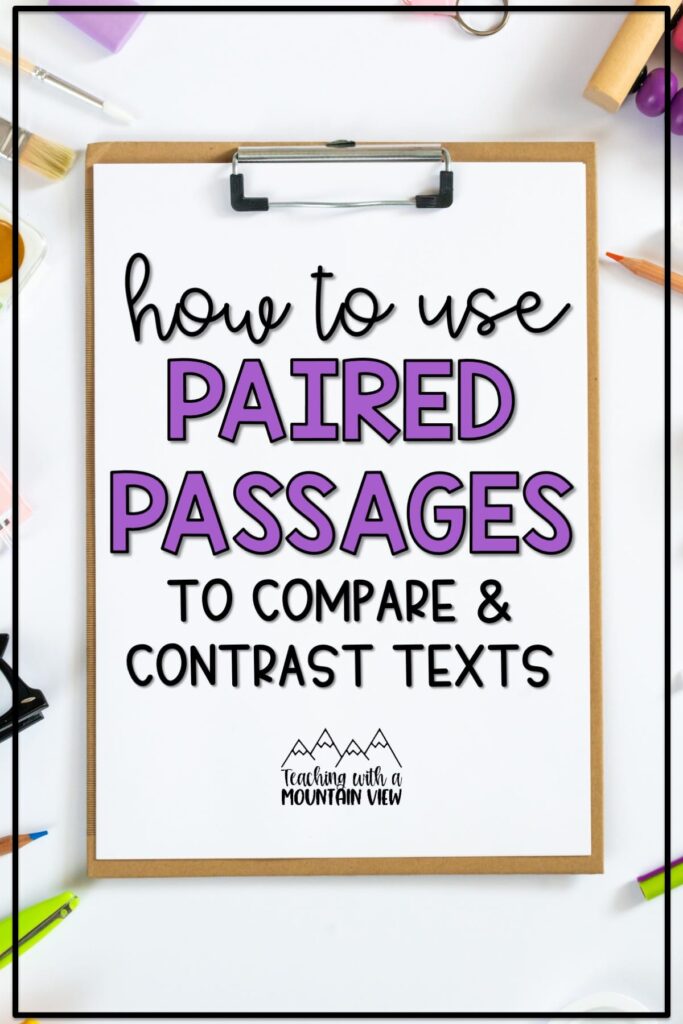
Why is comparing and contrasting texts an important skill?
Here are a few reasons why comparing and contrasting texts is an important skill for upper elementary readers:
- It requires an attention to detail, which is important for comprehension
- It helps students organize information
- It’s a foundational skill to many higher-level critical thinking skills, such as synthesizing
Comparing and contrasting is huge for comprehending and synthesizing texts. Students need to be able to focus on essential details, analyze what they are reading, and make connections and comparisons between multiple texts.
How can I challenge students and prepare for the demands of comparing and contrasting texts on state tests? With paired passages!
After your students have shown that they grasp the basics of comparing and contrasting, it’s time to take it to the next level. What’s key about challenging students’ compare and contrast skills is that they need to have an understanding of other fiction and nonfiction skills so that they can apply them to multiple texts. I have an entire blog devoted to teaching students to compare texts, but paired passages are another great way to practice this skill.
Paired passages are an ideal way for students to practice their comparing texts skills!
Paired passages with comparing and contrasting require students to:
- Engage in high order thinking
- Utilize their foundational comprehension skills
- Think beyond the text
- Show more than a surface level ability to read and comprehend
There are multiple ways to implement paired passages:
- Compare two fiction stories with similar themes
- Compare two stories/passages with a focus on similar reading skills
- Compare a story to a poem with a similar theme
- Compare two books (picture books or novels or a combination) with similar themes and characters
- Compare a fiction story with a nonfiction passage about similar topics
- Compare two nonfiction passages with the same main idea
- Compare two nonfiction passages with similar topics but different areas of focus/details
- Compare firsthand and secondhand accounts of major events
You can challenge students’ compare and contrast skills through using paired passages.
We want to move beyond the “apples and oranges” comparison, and instead compare key elements of the passages. This is a much more advanced skill and requires students to build on their prior knowledge. Instead of just asking them to compare and contrast the paired passages themselves, consider asking some of the following higher level compare and contrast questions…
- How is the author’s purpose of each passage the same/different?
- How are the story elements (problem/solution/settings/characters) in the passages the same/different?
- What similar themes are found in the texts?
- What are the similarities and differences between how the themes are presented in each text?
- How do characters respond similarly/differently to specific problems within the texts?
- Compare the point of view and/or perspective of each passage.
- Compare multiple accounts of the same event to analyze different perspectives, reactions, and interpretations of major events.
- Evaluate the text structure(s) of each passage. Explain how the organization of the text is the same or different.
As state testing and the end of year approaches, you may wonder how you can strengthen students’ reading comprehension skills, and I have a whole blog post on preparing for the state exams that you can read here.
Paired Passage Resources
If you want a ready-to-go resource, so you can focus on teaching (rather than scouring the internet for materials!), I have a paired passage unit for both fiction and informational texts. The fiction paired passage bundle covers twelve comprehension skills, and the information bundles covers fifteen. Each skill has three booklets. The first two booklets are the passages and guided questions. The third booklet engages in compare and contrast, and a deep dive into the skill of focus. You can find the fiction paired passages bundle here and the informational text paired passage bundle here.
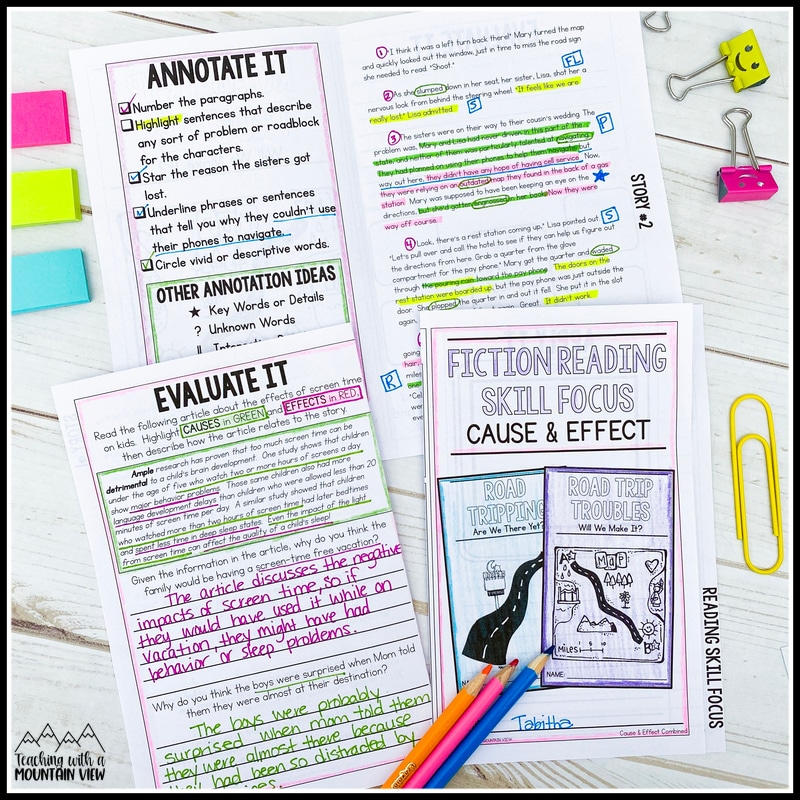
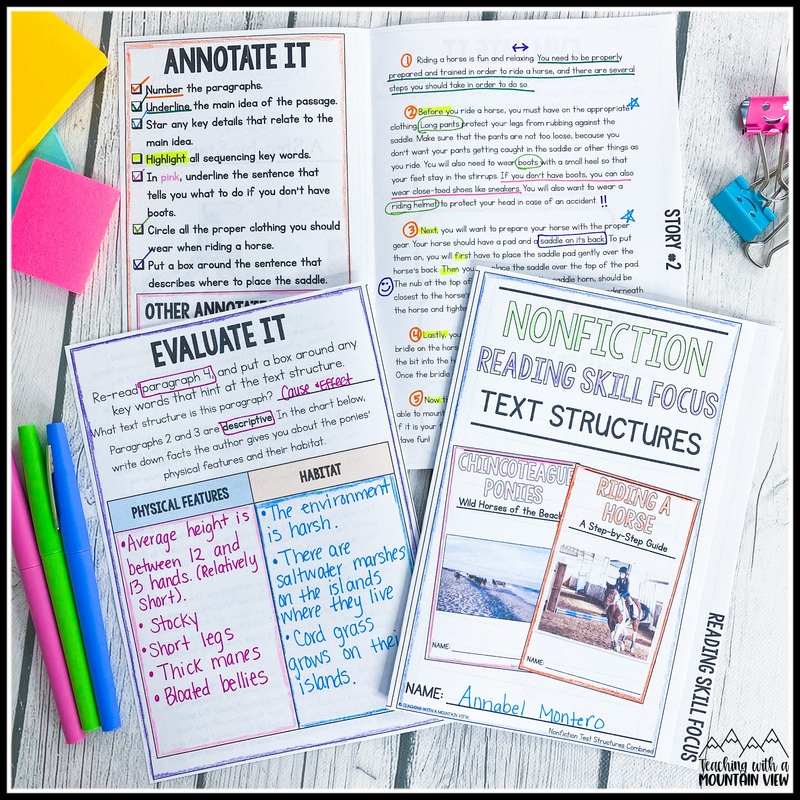
Are your students ready to tackle paired passages and combine all of those reading skills they’ve worked so hard to master? This paired passage resource has been thoughtfully created to teach students how to integrate information from two different fiction stories. Each set includes paired passages, annotation guides for each passage, and text-based comprehension questions for each passage. Each set also includes six additional pages of extensive paired passage tasks that require students to analyze, apply, evaluate, and create based on the paired passages.
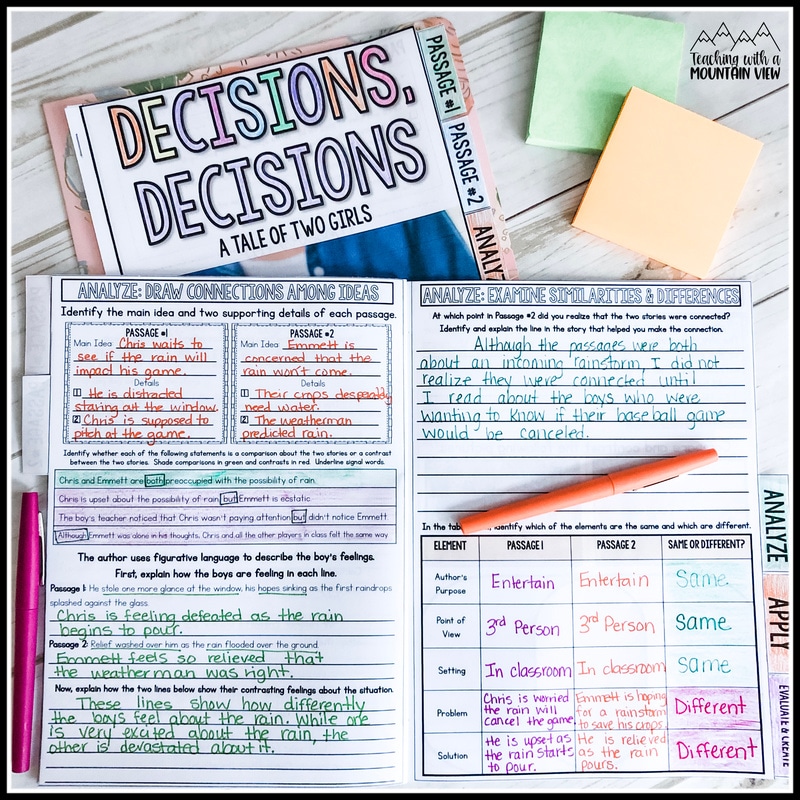
For a unique twist on comparing and contrasting texts, this Poems and Passages resource bundle comes with EVERYTHING you need to help your students master analyzing two paired passages. With this set of engaging resources, your students will be ready to read and analyze anything… fiction stories, informational text, and poems! There are 33 sets of paired passages included in this bundle for a total of 66 poems, stories, and passages with countless comprehension activities.
Mary Montero
I’m so glad you are here. I’m a current gifted and talented teacher in a small town in Colorado, and I’ve been in education since 2009. My passion (other than my family and cookies) is for making teachers’ lives easier and classrooms more engaging.







